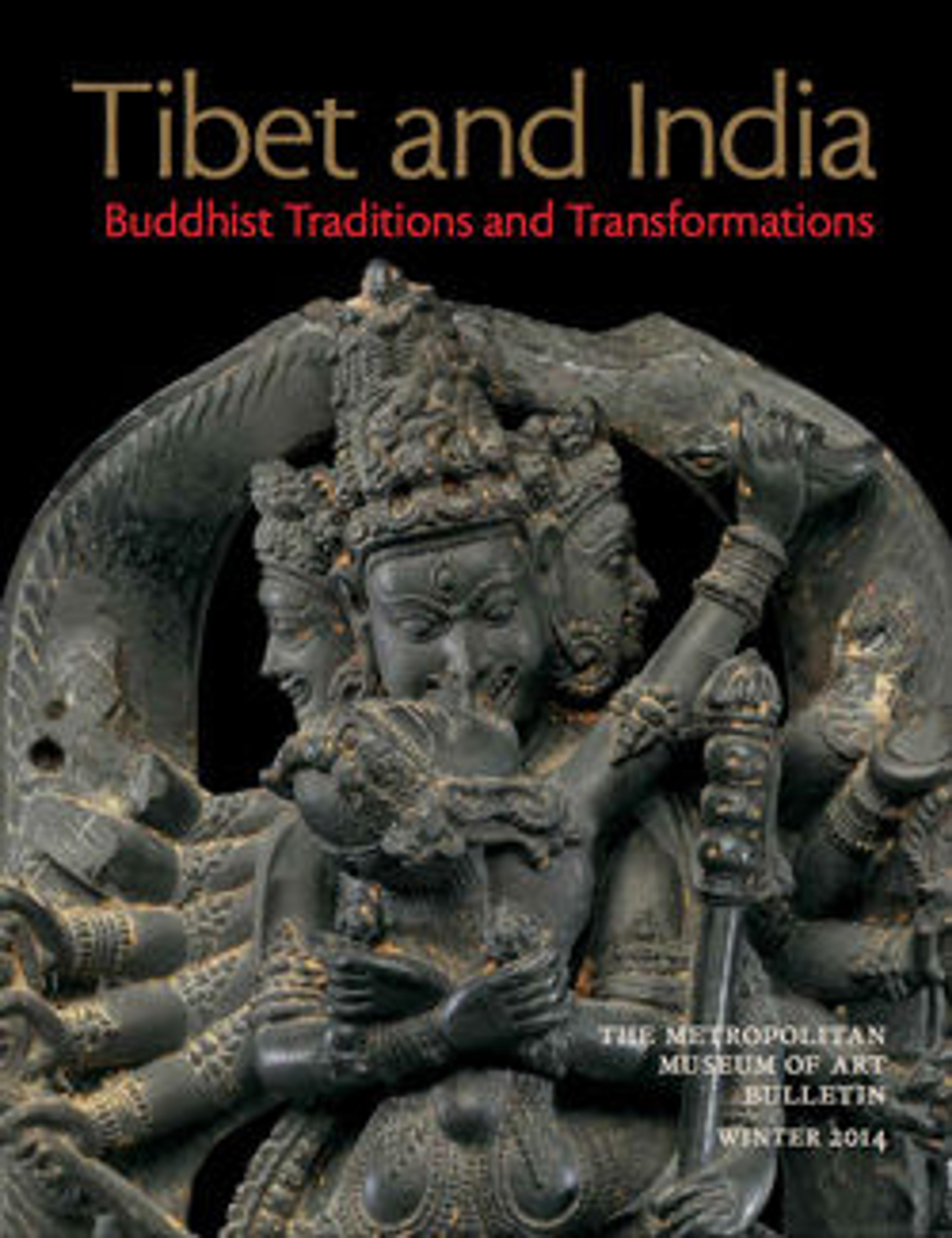Votive Stupa with Four Buddhas
Small stupas such as this example were placed near massive stupas containing the ashes of the Buddha. By this time, the connection between the historic Buddha Shakyamuni, who revealed the Buddhist teachings on earth, and the Buddha Vairochana, who resides in heaven, was known from texts and accepted in religious practice. The dome of the stupa simultaneously represents Shakyamuni’s relics and Vairochana’s celestial presence. The four directional Buddhas look out of foliate niches. These small stupas held the ashes of the monastic dead, allowing deceased monks to be eternally in the presence of the Buddha Shakyamuni and perhaps even aided in their being reborn in one of the pure lands.
Artwork Details
- Title: Votive Stupa with Four Buddhas
- Period: Pala period
- Date: 10th–11th century
- Culture: India, Bihar
- Medium: Schist
- Dimensions: H. 8 1/2 in. (21.6 cm); W. 6 1/4 in. (15.9 cm); D. 6 1/4 in. (15.9 cm)
- Classification: Sculpture
- Credit Line: Gift of Paul Mallon, 1920
- Object Number: 20.70
- Curatorial Department: Asian Art
More Artwork
Research Resources
The Met provides unparalleled resources for research and welcomes an international community of students and scholars. The Met's Open Access API is where creators and researchers can connect to the The Met collection. Open Access data and public domain images are available for unrestricted commercial and noncommercial use without permission or fee.
To request images under copyright and other restrictions, please use this Image Request form.
Feedback
We continue to research and examine historical and cultural context for objects in The Met collection. If you have comments or questions about this object record, please contact us using the form below. The Museum looks forward to receiving your comments.
